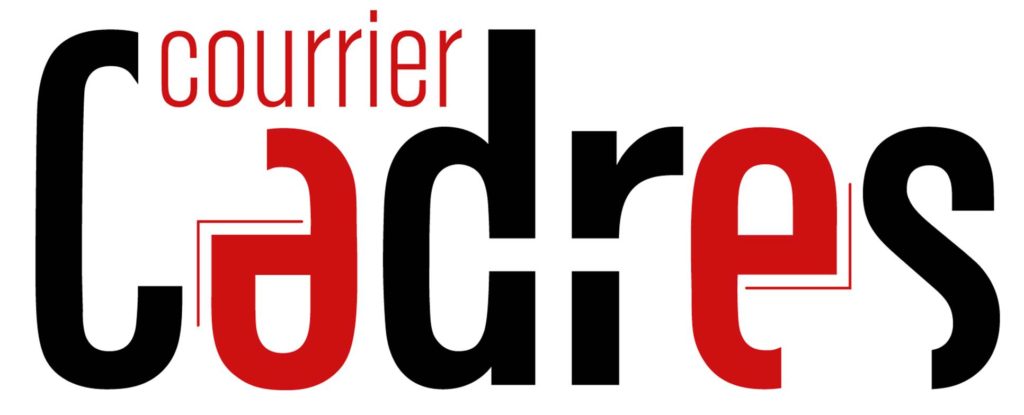
Here is the article I posted on the Courrier Cadres website.
“If you’re not embarrassed by the first version of your product, you’ve launched too late.” (Reid Hoffman, founder of LinkedIn)
To launch and not feel ready often conflicts with our desire for perfection, our fear of what others think and of making mistakes, and most of all, our daunting fear of failure. The Test and Learn method helps us take action and fight inertia. Here are some tips on removing obstacles and forging ahead. By Jérôme Adam, speaker-entrepreneur.
Stop looking for the five-legged sheep.
“The Test and Learn project management approach consists in setting up test projects and quickly evaluating their effectiveness and their relevance to the global project. Regular and rapid feedback allows enterprises to correct weak points and determine the actions to take to optimize the project.” Wikipedia (translated from the French)
I jumped in the deep end when I launched my new conference “Unlock Your Power of Decision” to associates of an enterprise at the heart of innovation: U Change.
From the start, when I proposed this ground-breaking conference, I knew I would not be 100% ready—that everything would not be perfect. But I wanted to launch without delay to test certain elements and sequences. I imagined this preliminary conference as a testing ground to gather impressions and opinions—not as a theatrical premiere where I would be showered with roses. Ever since the launch of my first enterprise, which some engineers thought would be better served by delaying the launch of certain products because of possible side effects or imperfections, I understood that by waiting for perfection, we often end up waiting too long and stalling—an observation in no way incompatible with quality concerns.
Step out of your comfort zone—seek out constructive criticism
The first stage of Test and Learn: test programs are often carried out on a reduced scale (a representative sample) so as to quickly detect issues to address.
To test your project and ideas, choose people you trust. But putting your trust in someone does not necessarily mean picking people who think like you or selecting an easy-to-please audience whose approval is guaranteed.
In the case of my first conference, I offered it to business leaders, entrepreneurs, managers and artists—movers and shakers—twenty or so people, some of whom knew me well professionally or personally and others whom I had only met once or twice. I was curious to see how these people would receive ideas they did not normally associate with me and whether their perceptions would be biased by how well they knew me.
Picture criticism and mistakes as means to move forward
Stage two of Test and Learn: make corrections based on feedback.
To open yourself to criticism can be unsettling, that’s true. To do so is humbling, but don’t take criticism and suggestions personally. Never forget that criticism is leveled at an idea or a project, not you as such. Mistakes and instituting correctives are the means to an end.
I solicited people’s reactions immediately after the conference while the iron was hot. Needless to say, I didn’t sleep well that night. But by stepping back a bit and analyzing follow-up written comments, I was in a better position to evaluate what worked and what needed to be improved.
Good judgement is key when making corrections
Last stage of Test and Learn: implement the project after the tests are finished.
The difficult part is sorting through the feedback without drowning in it. To do that, I follow three rules:
- Get what you can from others’ comments without surrendering your capacity to choose. With respect to my conference, it’s up to me to decide what I want to address—what rings true. If someone suggests bringing more emotion, I say, fine, but not to the point of becoming overly sentimental.
- Listen to all ideas, but only keep the useful ones. Of course, everybody has an opinion—their way of seeing things. But some ideas have no place. It’s not that they are not interesting or that they are bad, but rather that they are not relevant. I am the one responsible for the conference’s clarity, pertinence and coherence and how it is presented.
- Stay open to everything without losing sight of your goal. Which comments serve your purpose? One of the goals of my conference is to distance myself from certain impressions people have of me, so naturally it may surprise those who know me in a certain light.
In conclusion, this first conference as a testing ground allowed me to see when I needed to be more interactive, what elements to keep, etc. Now I’m ready for the big stage!
Is Test and Learn a question of culture?
Though Test and Learn may seem to be challenging, it is still valued by start-ups and dynamic organizations. Guillaume Buffet, president of U Change, saw it play out as his organizations opened up to the digital world:
“Those of the digital generation can’t even imagine launching a service that will work perfectly right out of the box. To deal with criticism, bugs and even failure is part and parcel of how they work—and the success they have. Their models are powerful and efficient. They bounce back. They’re nimble. And most important, they want to improve daily. These lessons could benefit older generations—those many business leaders who still consider the words “failure” and “mistake” obscene (and I choose my words carefully). A case in point is the Orwellian Newspeak that has handicapped so many large organizations—a real la-la land where everything is measured solely in terms of success or failure. And if we dig a little deeper, we get to their visceral terror of unregimented experimentation, which is at the root of inertia. A line of code that doesn’t bug when first tried is rare, very rare. All developers know that. It’s no surprise that the digital generation learn far better than others to deal with hardship, mistakes and failure.”